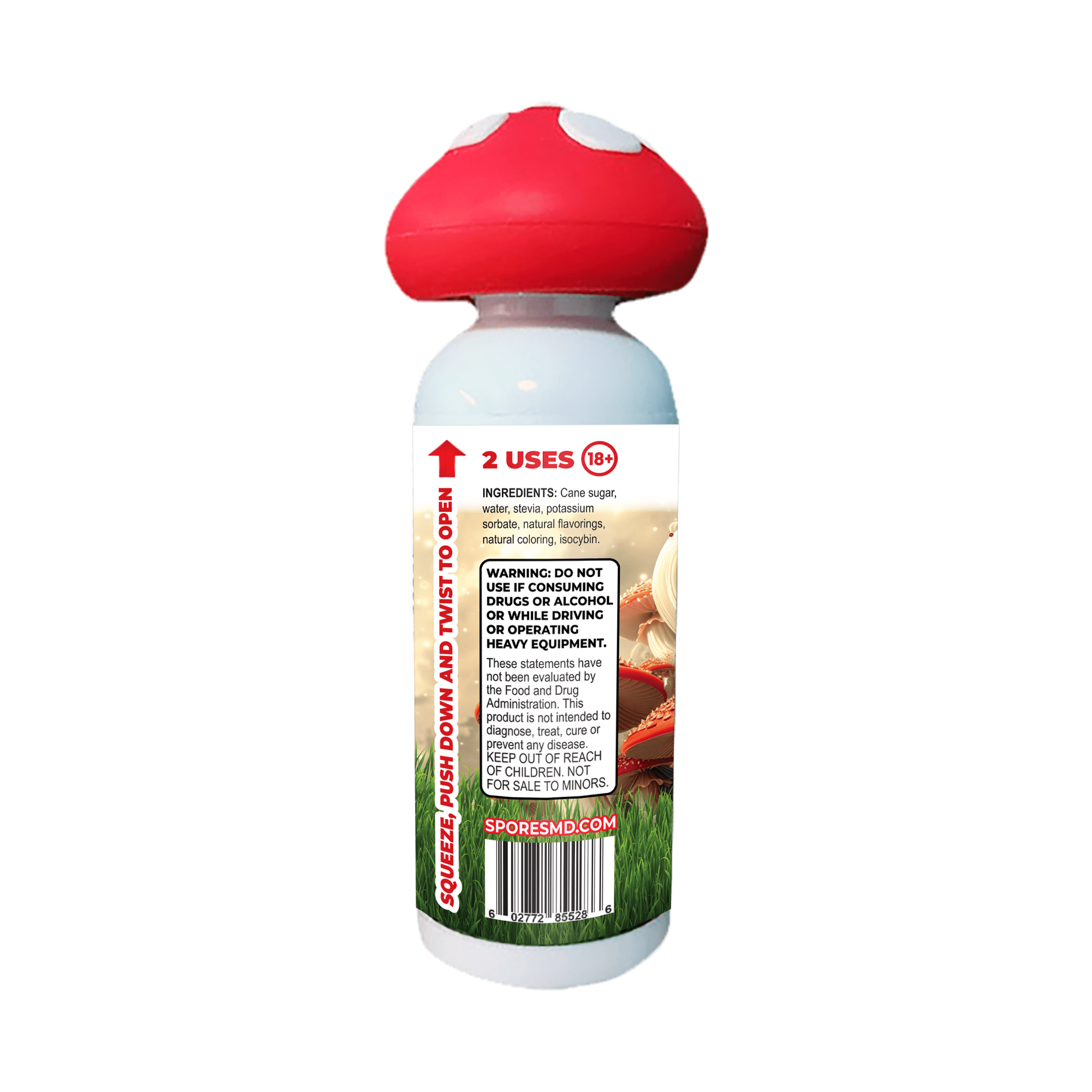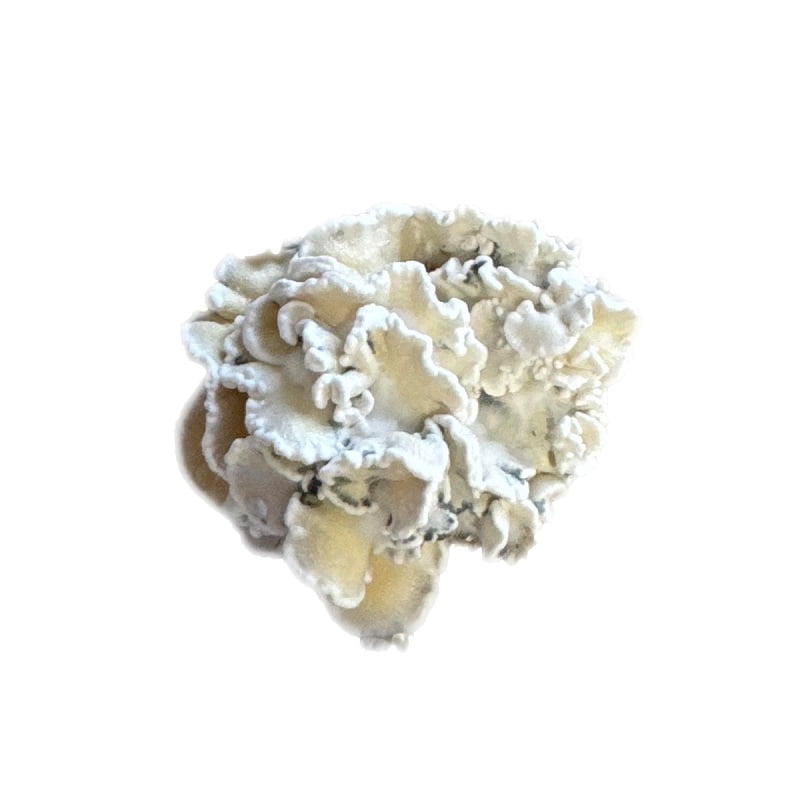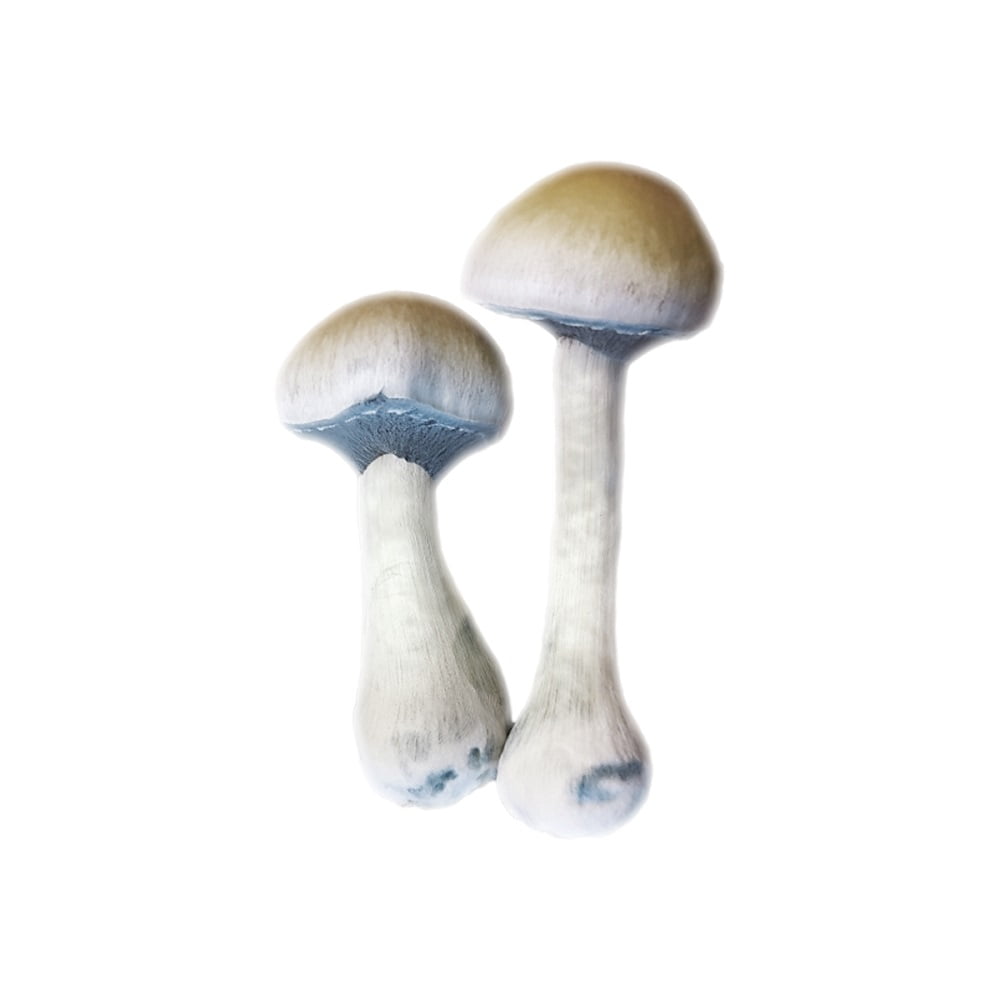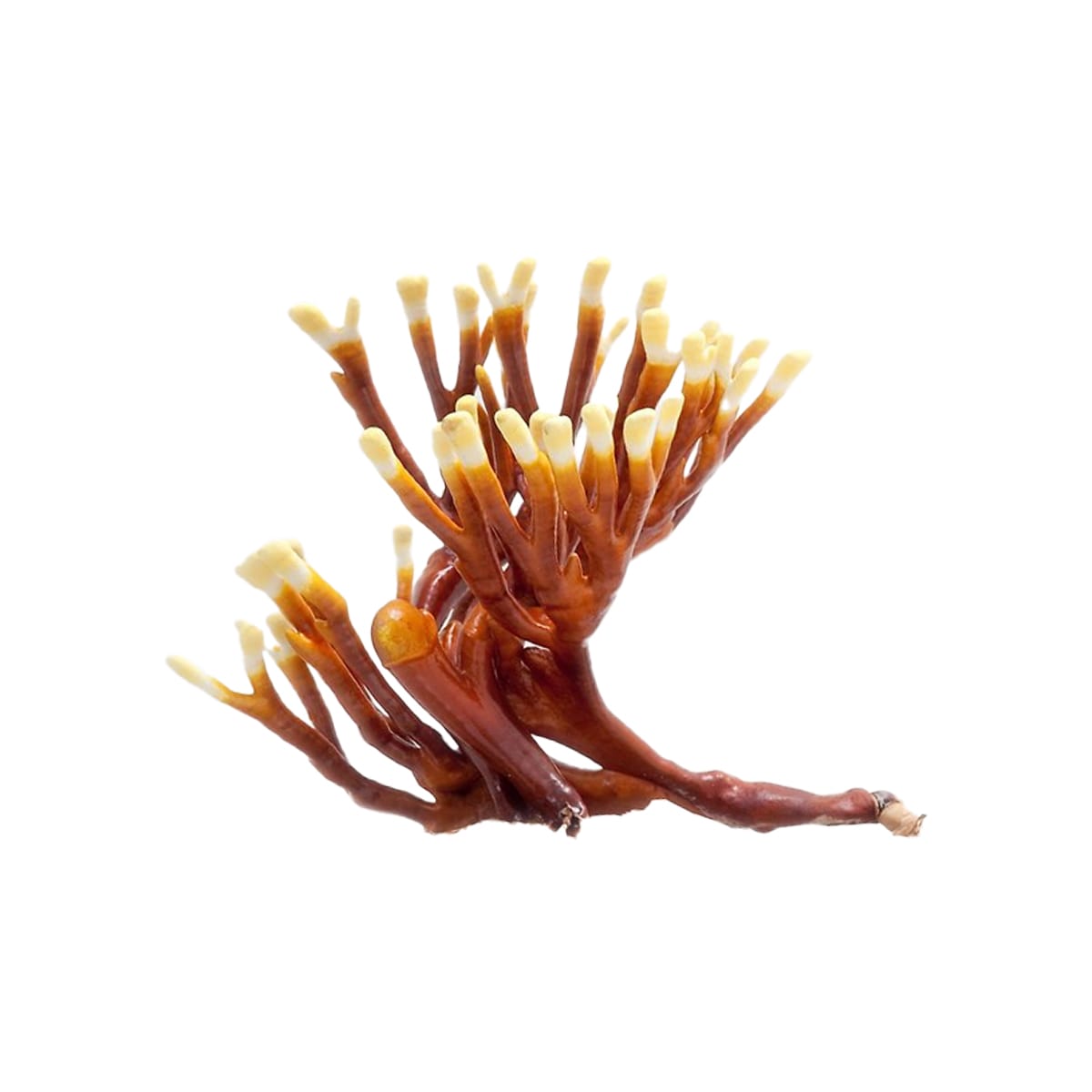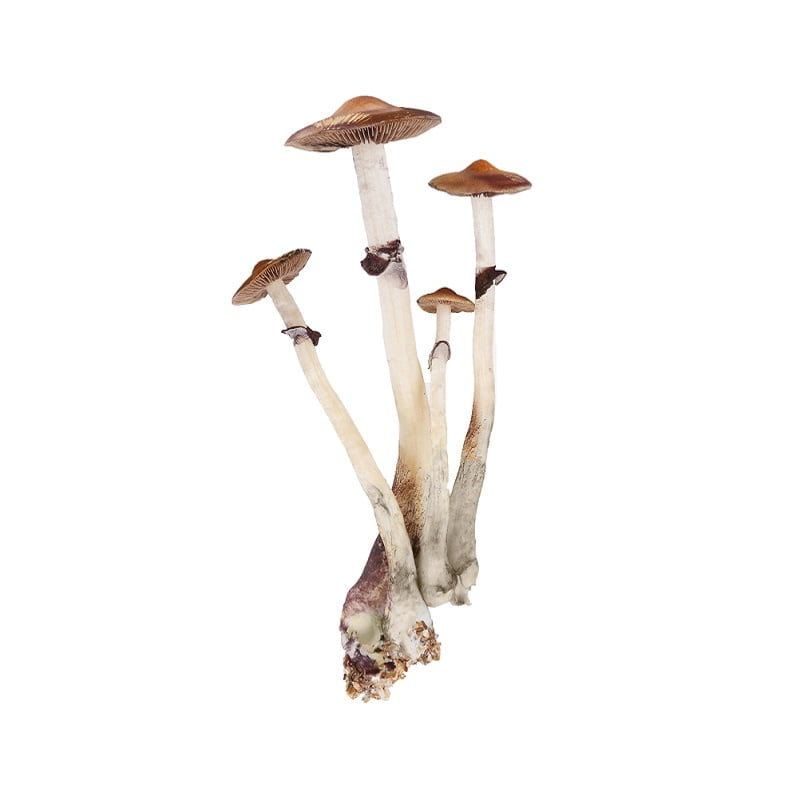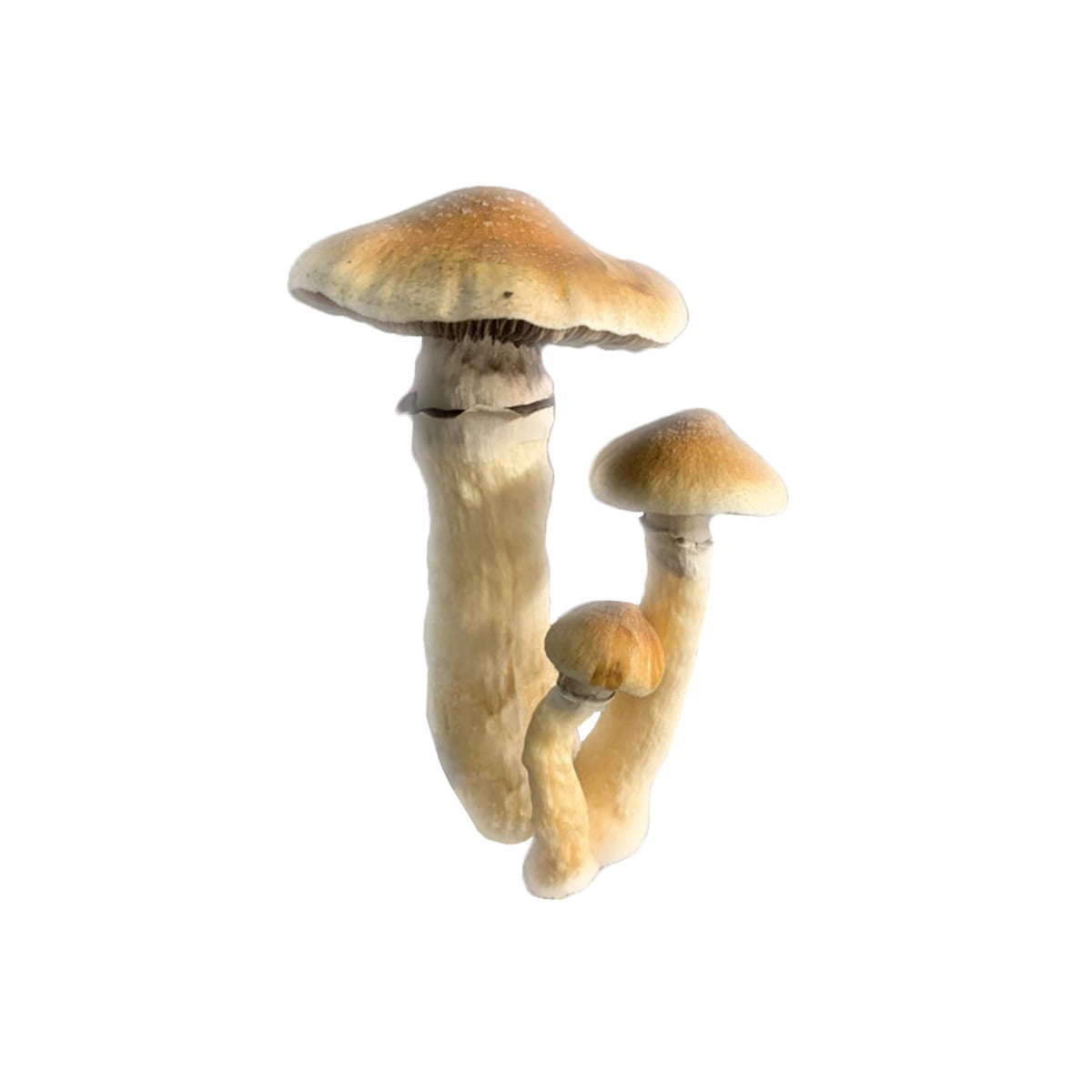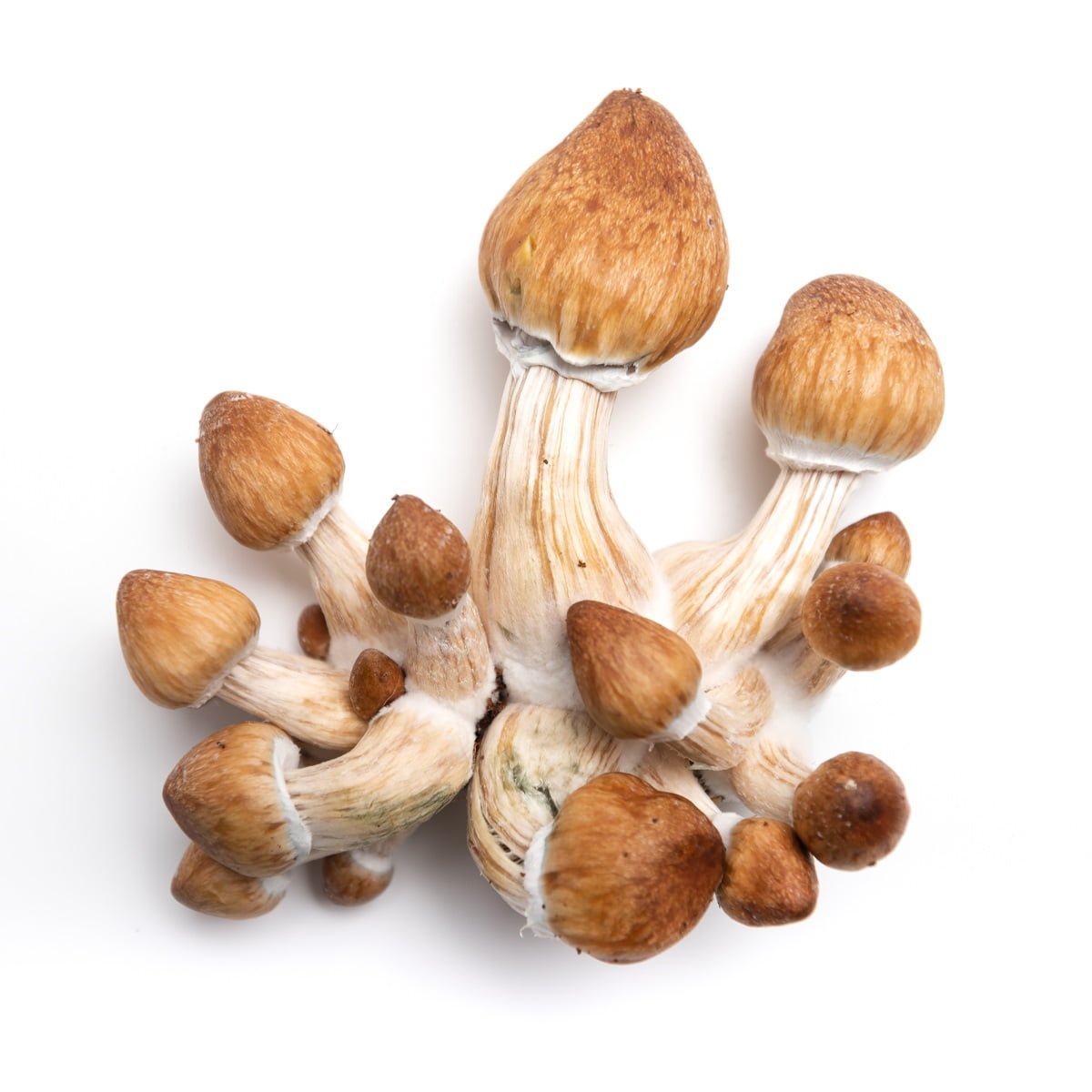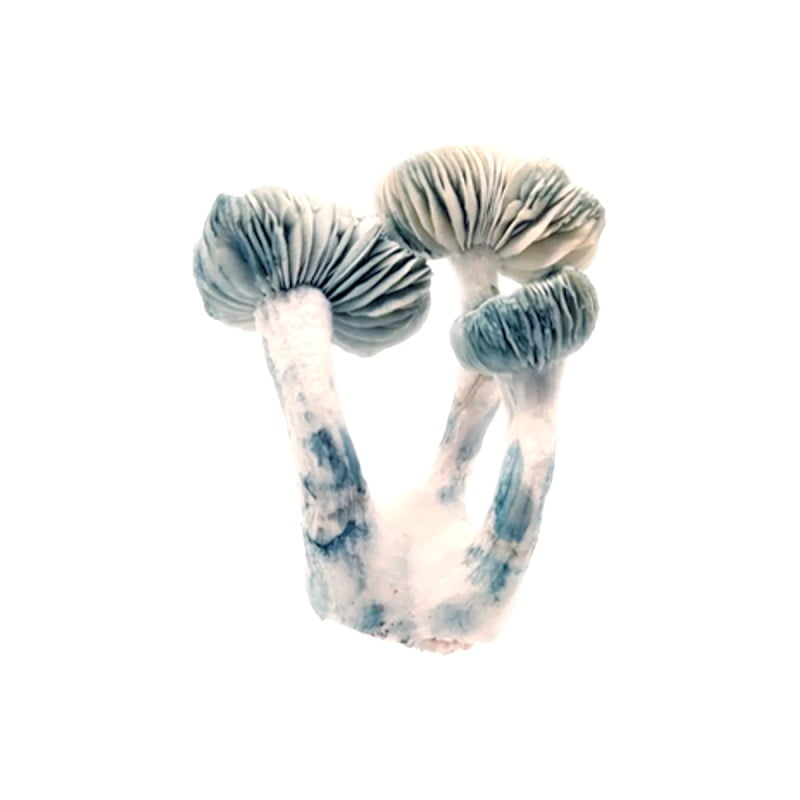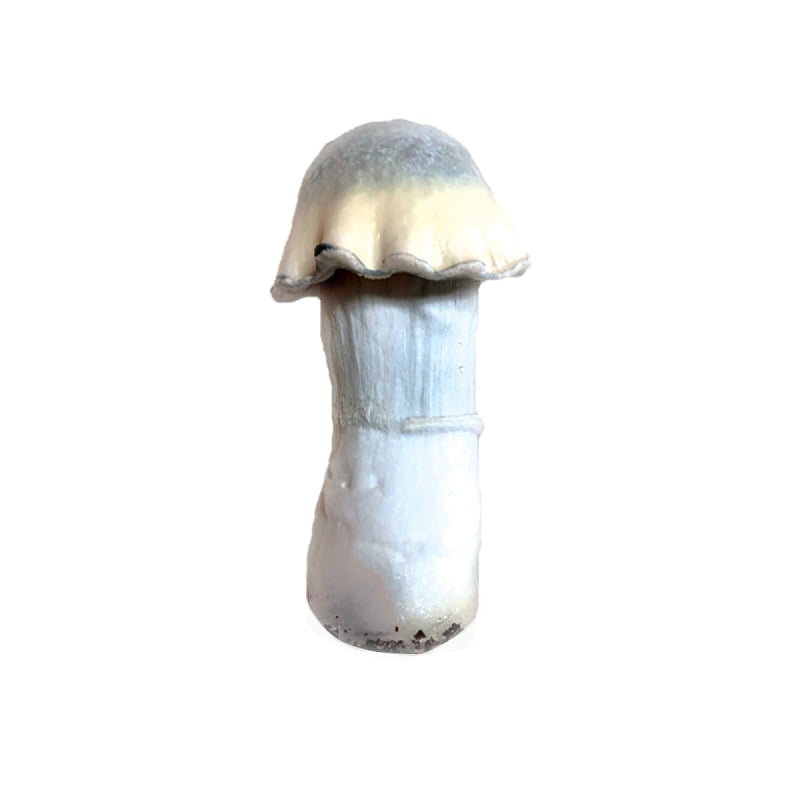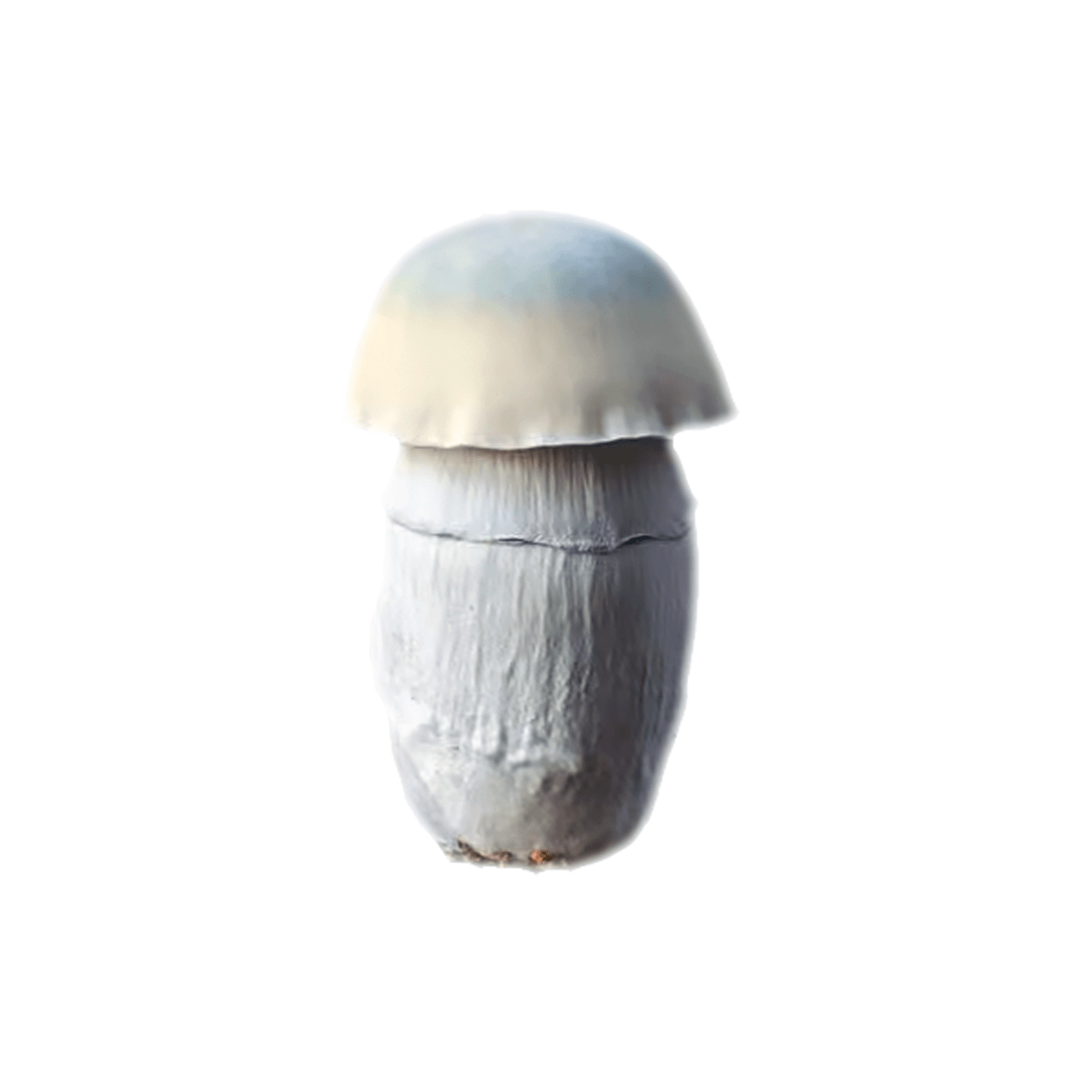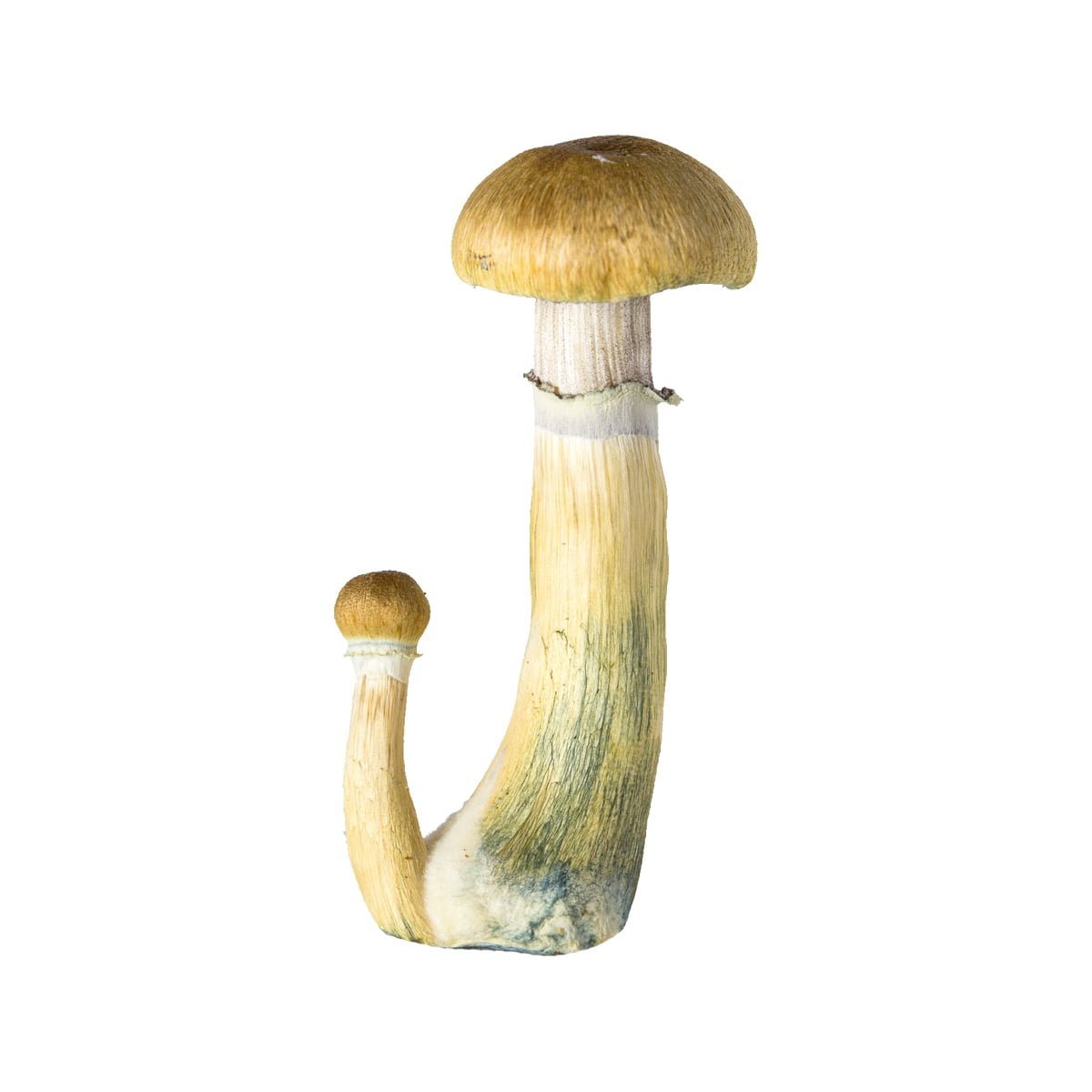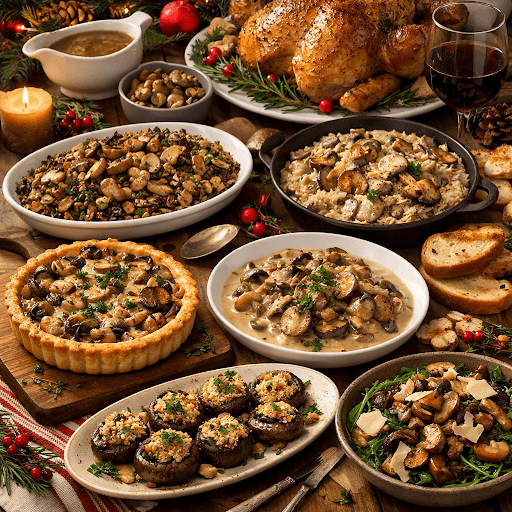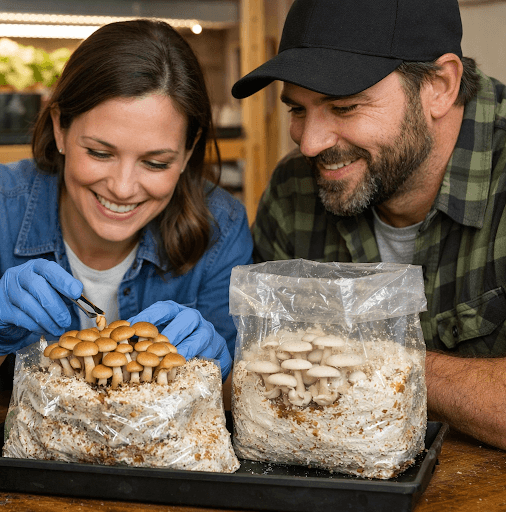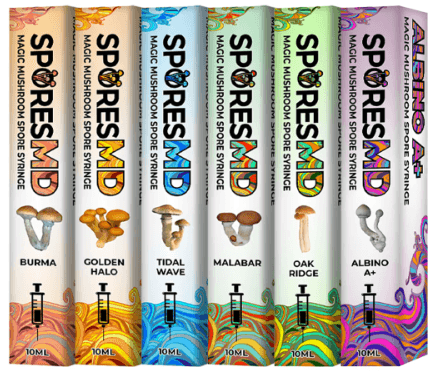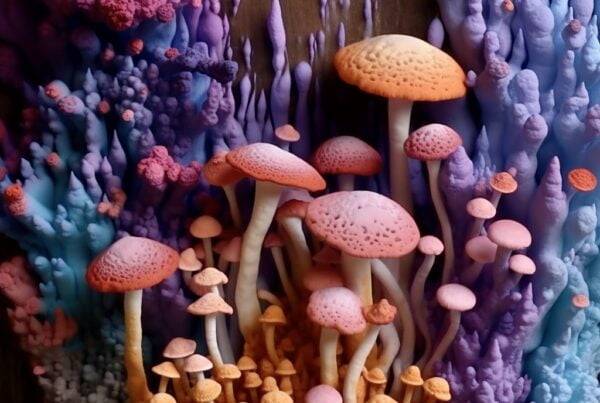
SporesMD is a leading provider of pharmaceutical-grade mushroom liquid cultures, offering over 30 unique strains for research purposes. With 15+ years of mycology expertise, our products are manufactured in ISO-7 certified cleanrooms, ensuring the highest quality and purity standards for microscopy studies.
Disclaimer: Our microscopy liquid cultures are intended solely for research and educational purposes. We do not condone or encourage the cultivation or consumption of any illegal substances. SporesMD also offers a range of culinary liquid cultures for gourmet mushroom enthusiasts.
Read more
Our state-of-the-art facilities maintain stringent environmental controls, including HEPA-filtered airflow and particle limits that exceed ISO 14644-1:2015 standards. This ensures our cultures are free from contaminants and ideal for scientific observation.
SporesMD’s commitment to quality extends beyond production. Every batch undergoes rigorous testing, including viability checks via phase-contrast microscopy and sterility validation through agar plating. Our products enable researchers to study basidiomycete cellular structures and hyphal network development patterns with unparalleled clarity.
For mycology enthusiasts and researchers alike, SporesMD offers a diverse selection of strains, each packaged in user-friendly, sterile syringe applicators. Our products are backed by a 100% satisfaction guarantee, reflecting our confidence in their quality and effectiveness for microscopy research.
As a company dedicated to advancing scientific understanding, SporesMD adheres to all legal requirements, ensuring our products contain no traces of controlled substances. We prioritize ethical sourcing and sustainable practices, contributing to the responsible development of mycological research.







